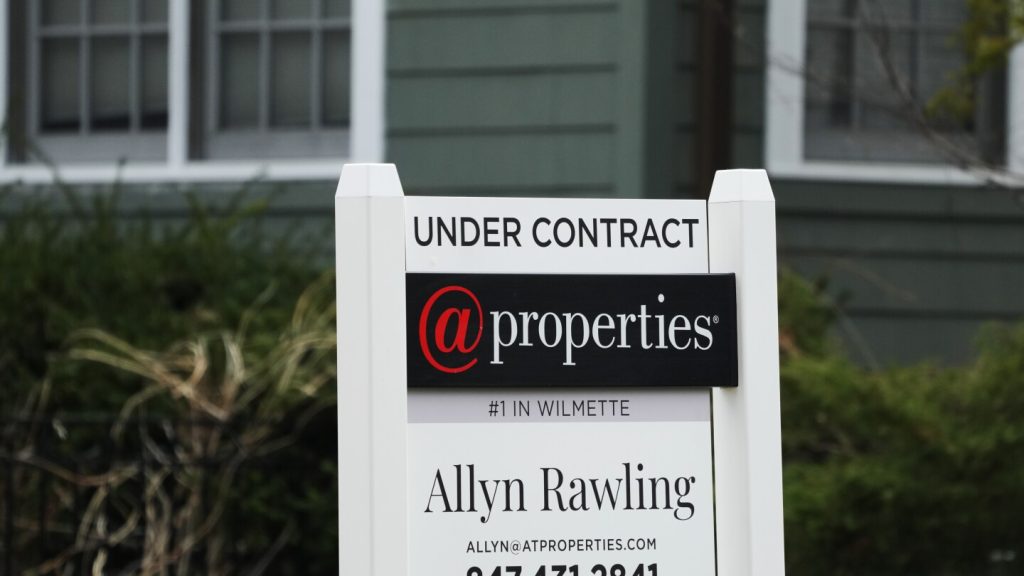Despite the traditionally busy spring homebuying season, the average long-term U.S. mortgage rate has climbed to its highest level since late November. This increase, with the rate on a 30-year mortgage rising to 7.17% from 7.1% last week, is making it more expensive for borrowers. The rise in mortgage rates adds hundreds of dollars a month in costs for buyers, limiting how much they can afford at a time when the housing market is constrained by low inventory and rising prices.
The rise in mortgage rates in recent weeks can be attributed to various factors, including how the bond market reacts to the Federal Reserve’s interest rate policy and the movements in the 10-year Treasury yield. Reports showing inflation remaining higher than expected have also contributed to the increase in rates, raising doubts about when the Fed might decide to start lowering its benchmark interest rate. The uncertainty has led to a rise in bond yields, influencing mortgage rates to climb higher.
This trend of increasing mortgage rates is causing concern for home shoppers during the spring homebuying season. While easing rates helped boost home sales in January and February, the current average rate on a 30-year mortgage is well above levels from two years ago. This has limited the number of previously owned homes on the market, as homeowners are reluctant to sell and give up fixed-rate mortgages with lower rates. The “lock-in” effect, where homeowners hold onto lower mortgage rates, is suppressing inventory levels.
To mitigate the impact of higher borrowing costs, homebuilders are offering incentives to buyers, such as covering the cost to lower mortgage rates. This has helped increase sales of newly built single-family homes, with a notable 8.8% jump in March compared to a year earlier. Despite the challenges posed by elevated mortgage rates, homebuyers are adjusting, as evidenced by the increase in sales of newly built homes. Realtors and experts are closely monitoring the situation, as the housing market continues to navigate through obstacles and changes in borrowing costs.


